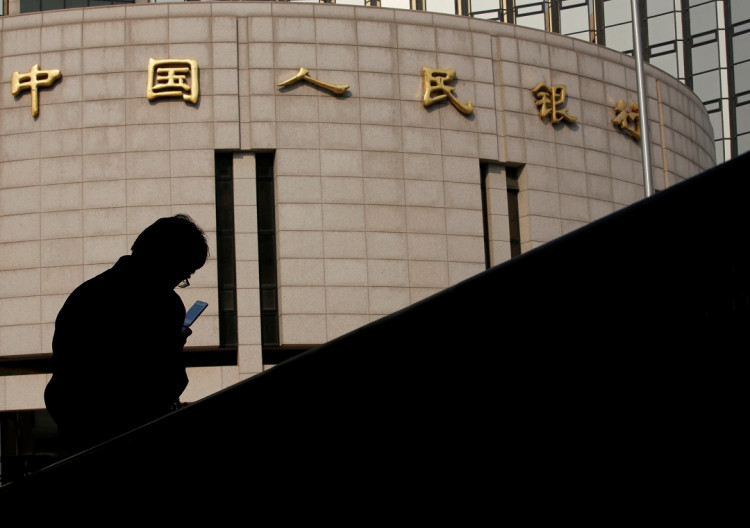China's attempt to entice lending activity has not had its intended effect as the country still continues to see bank loans fall. According to monetary data for the month of July, lending activity has fallen across the board despite China's stimulus efforts.
Data released by the People's Bank of China on Monday has revealed a drop in overall net new loans for the month of July. Net new loans last month reached $150.17 billion, a significant drop from the $235.17 billion recorded in June.
The number of loans taken out was well below analysts' expectations, which had pegged the month's loans to be around $160 billion. Growth of outstanding balances for bank loans also decreased to 12.6 percent for the month of July, a drop from the 13 percent gain in June.
The decrease in lending activity has sparked questions regarding the possibility of implementing more credit easing policies. Economists have argued that the country's central bank should set lower interest rates to offset the effects of the weaker economy, which has been exacerbated by the ongoing trade dispute between China and the United States.
However, some analysts have pointed out that lending does generally decline in the month of July since it is the first month of the third quarter. Lending activity generally increases by the third month of the particular quarter.
While this may be true, the drop in loans has been pointed out to be greater than anticipated and significantly lower than the $210 billion that was observed during the same month last year.
Dragging down the figure was a clear drop in overall corporate lending for the month. Corporate loans dropped by almost 70 percent when compared to the month of June, a clear sign that companies are now more reluctant to make new investments. National aggregate financing, or general loans from non-bank, government, and mainstream financing was also down for the month.
According to analysts, the fall in national aggregate financing can be attributed to lowered credit demand overall. This is partly caused by slowing real estate cycles and new regulations being imposed on infrastructure financing.
The two factors have contributed greatly to credit booms in the past. To remedy the problem, economists have urged the government to provide more stimulus for property and infrastructure growth, factors that greatly contribute to the increase in credit demand.
Apart from lending activities, data from the central bank also saw drops in other credit indicators such as cash deposits and highly liquid asset usage. The growth of the so-called M2 money supply slowed to 8.1 percent in July, a drop from 8.5 percent in June.






